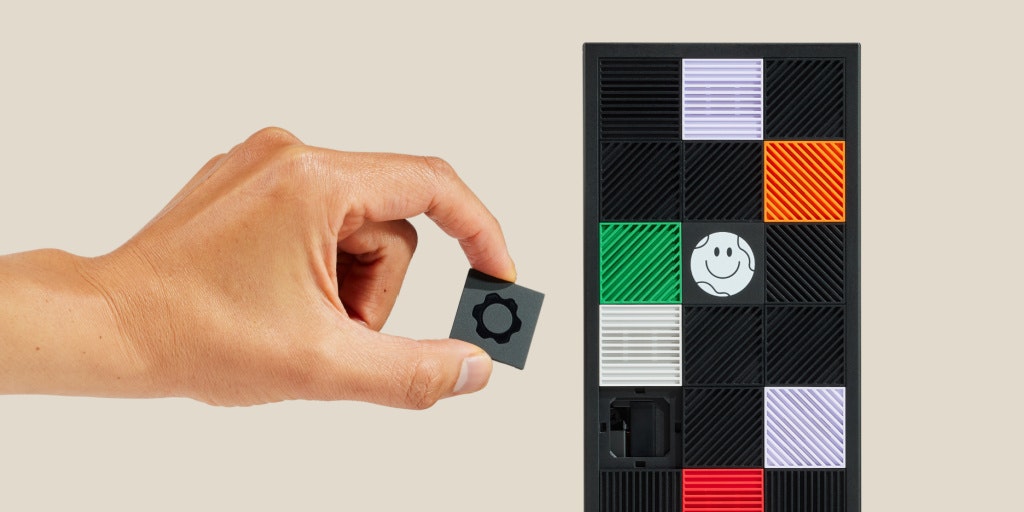Table of Contents
Overview
In a world dominated by monolithic tech, the Framework Desktop emerges as a breath of fresh air. This isn’t just another pre-built PC; it’s a compact, 4.5L powerhouse designed for performance, repairability, and unparalleled customization. Whether you’re a gamer, a developer, or a DIY enthusiast, the Framework Desktop offers a unique blend of power and flexibility that’s hard to find elsewhere. Let’s dive into what makes this modular marvel stand out.
Key Features
The Framework Desktop boasts a range of features that cater to power users and tinkerers alike:
- 4.5L Compact Form Factor: Its small size makes it ideal for space-constrained environments without sacrificing performance.
- AMD Ryzen AI Max CPUs: Experience cutting-edge processing power optimized for AI workloads and demanding applications.
- Up to 128GB LPDDR5x RAM: Handle even the most memory-intensive tasks with ease, from gaming to large language model (LLM) hosting.
- Modular I/O: Customize your connectivity with swappable I/O tiles, allowing you to tailor the ports to your specific needs.
- Open-Source CAD Files: Unleash your creativity and modify or create your own enclosures and components with publicly available CAD files.
- Supports Windows and Linux: Enjoy the freedom to choose your preferred operating system.
- DIY-Friendly Design: Designed for easy assembly, disassembly, and modification, empowering you to build and upgrade your system.
How It Works
The Framework Desktop is built around a mini-ITX mainboard, providing a solid foundation for performance and compatibility. It supports standard components, including PCIe cards for graphics and expansion, as well as 120mm fans for efficient cooling. The magic, however, lies in its modularity. The open-source CAD files allow users to 3D-print custom parts or completely redesign the enclosure. Furthermore, the front I/O is customizable through swappable tiles, offering unparalleled flexibility in port selection and placement. This design ensures that you can tailor the system to your exact requirements, making it a truly personalized computing experience.
Use Cases
The versatility of the Framework Desktop makes it suitable for a wide range of applications:
- Gaming: Enjoy high-performance gaming in a compact form factor, taking advantage of powerful AMD Ryzen processors and dedicated graphics cards.
- Local LLM Hosting: Run large language models locally without relying on cloud services, ensuring privacy and control over your data.
- Compact Workstation Setups: Create a powerful and efficient workstation in a small footprint, ideal for creative professionals and developers.
- DIY PC Builds: Embrace the joy of building your own PC with a modular and customizable platform.
- AI Development Platforms: Develop and test AI applications on a dedicated local machine, leveraging the power of AMD Ryzen AI Max processors.
Pros & Cons
Like any technology, the Framework Desktop has its strengths and weaknesses. Let’s take a look:
Advantages
- Highly Modular: Offers unparalleled customization and flexibility, allowing you to tailor the system to your specific needs.
- Repairable and Upgradeable: Designed for easy repair and upgrades, extending the lifespan of your investment.
- Compact yet Powerful: Delivers impressive performance in a small form factor, making it ideal for space-constrained environments.
- Open-Source Hardware: Empowers users to modify and create their own components and enclosures.
Disadvantages
- Niche Market: Caters to a specific audience of DIY enthusiasts and power users.
- Higher Cost for Premium Components: Achieving top-tier performance may require investing in premium components, increasing the overall cost.
How Does It Compare?
When considering alternatives, the Framework Desktop sets itself apart in several key areas. The Intel NUC, while also compact, offers less modularity and customization. Traditional Mini-ITX DIY builds provide similar levels of customization but require significantly more setup and technical expertise. The Apple Mac Mini, while sleek and powerful, operates within a closed ecosystem and offers limited upgradeability. The Framework Desktop strikes a unique balance between performance, customization, and ease of use.
Final Thoughts
The Framework Desktop is more than just a PC; it’s a statement. It’s a testament to the power of modularity, repairability, and open-source hardware. While it may not be for everyone, those who value customization, performance, and the freedom to tinker will find the Framework Desktop to be a truly exceptional machine. It’s a forward-thinking approach to computing that empowers users and promotes a more sustainable and customizable tech landscape.
https://frame.work/desktop